Overview
Map
Other Details
كاتدرائيّة سيّدة البحار
Sour
Sour
South
كاتدرائيّة سيّدة البحار - صورفي القرن الثامن عشر بنيت الكنيسة المارونيّة الأولى في مدينة صور. سنة ١٧٨٢ أذن النائب البطريركيّ ميخائيل الخازن بإنشاء أنطوش للرهبانيّة البلديّة. سنة ١٨١٠ جدّد المطران يوحنّا الحلو (البطريرك لاحقًا) تكريس الأنطوش وأسّس رعيّة مارونيّة في المدينة. سنة ١٨١٥ نزح قسم من موارنة عيتا الشعب إلى صور حاملين معهم صورة العذراء العجائبيّة. سنة ١٨٧٠ وُسّعت الكنيسة وأخذت شكلها الحاليّ. سنة ١٩٠٦ أقام قداسة البابا بيوس العاشر أبرشيّة صور وجُعلت كنيسة سيّدة البحار كاتدرائيّةً للأبرشيّة. رمّمت الكاتدرائيّة أواخر القرن العشرين. تضمّ الكاتدرائيّة مجموعةً من الأيقونات التي تمثل الأحداث الكتابيّة في مدينة صور، أمّا الكابيلا السفليّة فتضمّ أيقونات وذخائر شهداء المدينة القدّيسين.Our Lady of the seas cathedral - TyreDuring the XVIth century the first Maronite church was built in Tyr. In 1782 Mgr Michael El Khazen commissioned the construction of a presbytery for the Lebanese Maronite order. In 1810 Mgr Youhanna el Helou (later Patriarch) canonically established a maronite parish. In 1815 many maronites moved from Aita El Shaab to the city bringing with them the miraculous icon of the Madonna. In 1906 the archbishopric of Tyr was established by Pope Pius X making this church the cathedral. The cathedral was restored in the later half of the XXth century. The church holds many icons depicting the biblical episodes that happened in the city. The crypt under the church holds the icons and the relics of the city’s martyrs.
Visited 2391 times, 3 Visits today





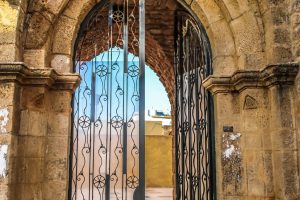
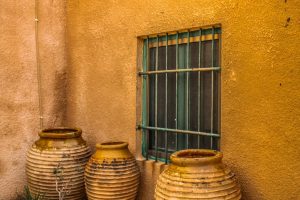
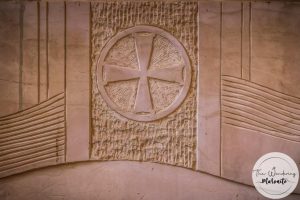

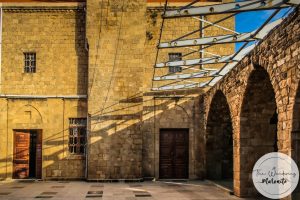
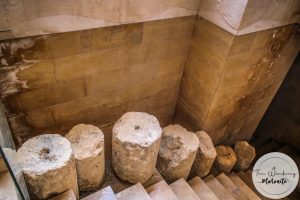
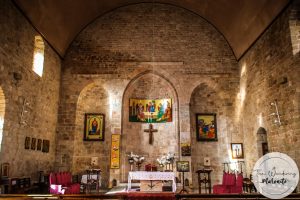
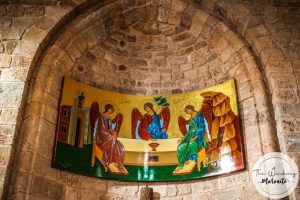

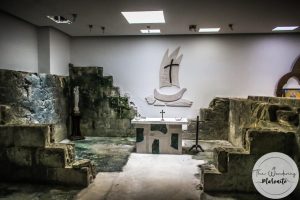












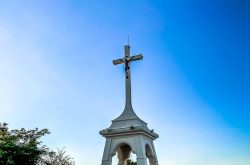
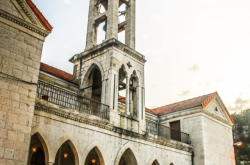
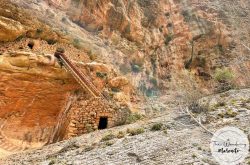
Reviews are disabled, but trackbacks and pingbacks are open.